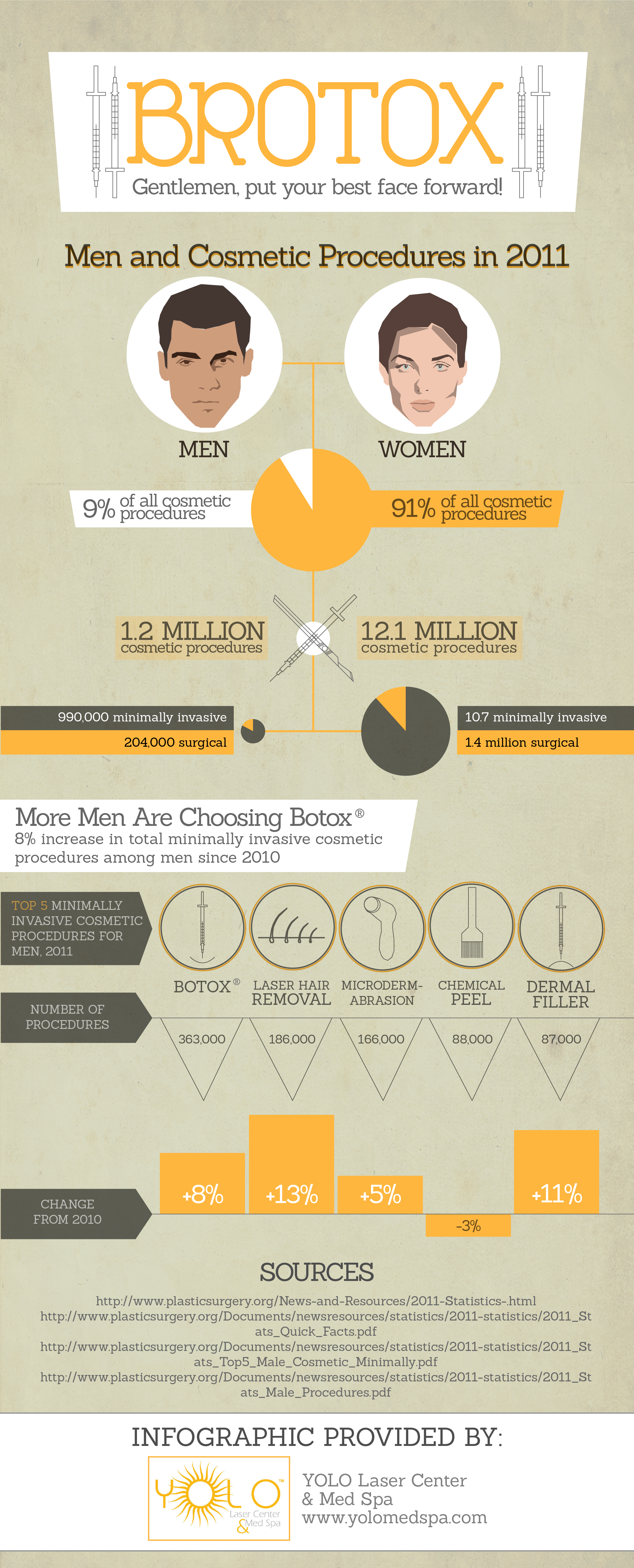AHAs are a vital component for unclogging pore blockages and lightening up acne-prone skin. They function by breaking down dead skin cell build-up to promote newer, fresher cells, and stopping future clogs.
Formulating topical AHAs necessitates careful attention to different key factors that substantially impact their efficacy and tolerability. Maintaining the optimum pH variety, together with car option and focus, magnifies their exfoliative qualities while minimizing possible adverse reactions.
Glycolic acid
Glycolic acid is understood for its mild yet effective exfoliating buildings, which promote skin's all-natural losing and loosen the "adhesive" that holds dead cells on the surface of the skin. This helps unblock pores and reduce the look of fine lines and wrinkles, along with improve overall skin appearance and tone.
Remarkably, topical glycolic acid has also been shown to boost the manufacturing of collagen, which is essential in maintaining skin's suppleness and flexibility. It is necessary to keep in mind, nevertheless, that since glycolic acid can boost the skin's sensitivity to sunshine, it is essential to wear sun block when utilizing any type of items containing this component.
Skin specialists pay cautious interest to the formula of items consisting of AHAs in order to optimize their efficacy and tolerability. Creating AHAs with the appropriate vehicle, in addition to pH and focus considerations, allows for optimal skin penetration while decreasing potential unfavorable reactions. This is especially vital for people with sensitive skin, since AHAs are known to be mildly bothersome.
Lactic acid
Lactic acid is discovered in lots of non-prescription skin care products and some stronger expert peels and treatments. It has the most affordable molecular weight of all the AHAs and is able to penetrate much deeper into the skin, where it is extra effective at unclogging pores and scrubing.
Like glycolic acid, it likewise promotes collagen synthesis, which aids decrease fine lines and wrinkles and improve skin texture. In addition, it has moisture-retention homes, which makes it better for drier skin kinds than other AHAs.
The comprehensive body of medical information confirming the efficacy of topical AHAs sustains their utility in a vast array of dermatological ailments and visual problems. These include detailed skin restoration treatments, depletion of great lines and wrinkles, lightening of hyperpigmentation, therapeutic treatment for actinic keratosis, and acne administration [2] Maximizing the formula of AHAs by balancing pH, concentration, and lorry option additionally enhances their therapeutic capacity. These careful considerations enable dermatologists to deliver safe and reliable therapies that supply remarkable medical results.
Mandelic acid
Mandelic acid, stemmed from almonds, is an additional participant of the AHA family members and is a prominent ingredient in items that help treat acne. Its bigger molecular size indicates it passes through the skin more gradually and gently, which can minimize the hills med skin possibility for irritability. It's likewise much less most likely to activate redness and other skin level of sensitivity problems, making it appropriate for delicate skin kinds.
Mandelic Acid is thought to help in reducing swelling and boost hydration. It works by loosening the bonds in between dead skin cells, enabling them to shed and expose fresher-looking skin. It also helps in reducing the appearance of bigger pores.
Formulating topical products with AHAs needs an exact balance of essential aspects that considerably impact their efficiency and tolerability. Particularly, the pH of an AHA solution has actually been shown to play a critical duty in its capability to advertise exfoliation and improve complexion and texture. Accomplishing this optimal concentration is a difficult goal and calls for precise attention to the numerous factors that influence the formula process.
Citric acid
Citric acid, located in citrus fruits such as oranges and lemons, is a light AHA. It's less bothersome than glycolic or lactic acid, making it better for sensitive skin. It likewise has astringent homes, assisting to dry excess oil.
Like various other AHAs, citric acid can be made use of in chemical peels and day-to-day active/maintenance therapies to exfoliate the skin and promote cell turnover. It can help in reducing the look of dark places and hyperpigmentation, as well as great face lines.
It can additionally raise the synthesis of glycosaminoglycans, which play a vital duty in enhancing the skin obstacle feature. This aids to prevent trans-epidermal water loss, and maintain optimum hydration degrees in the skin [35]
AHAs can be combined with calming active ingredients such as ceramides or hyaluronic acid to boost their tolerability. They can be integrated right into everyday active/maintenance skin care with lotion or lotion formulas. This enables professionals to tailor their AHA treatments based on person requirements and preferences, with the adaptability of selecting from different therapy strengths or concentrations.
